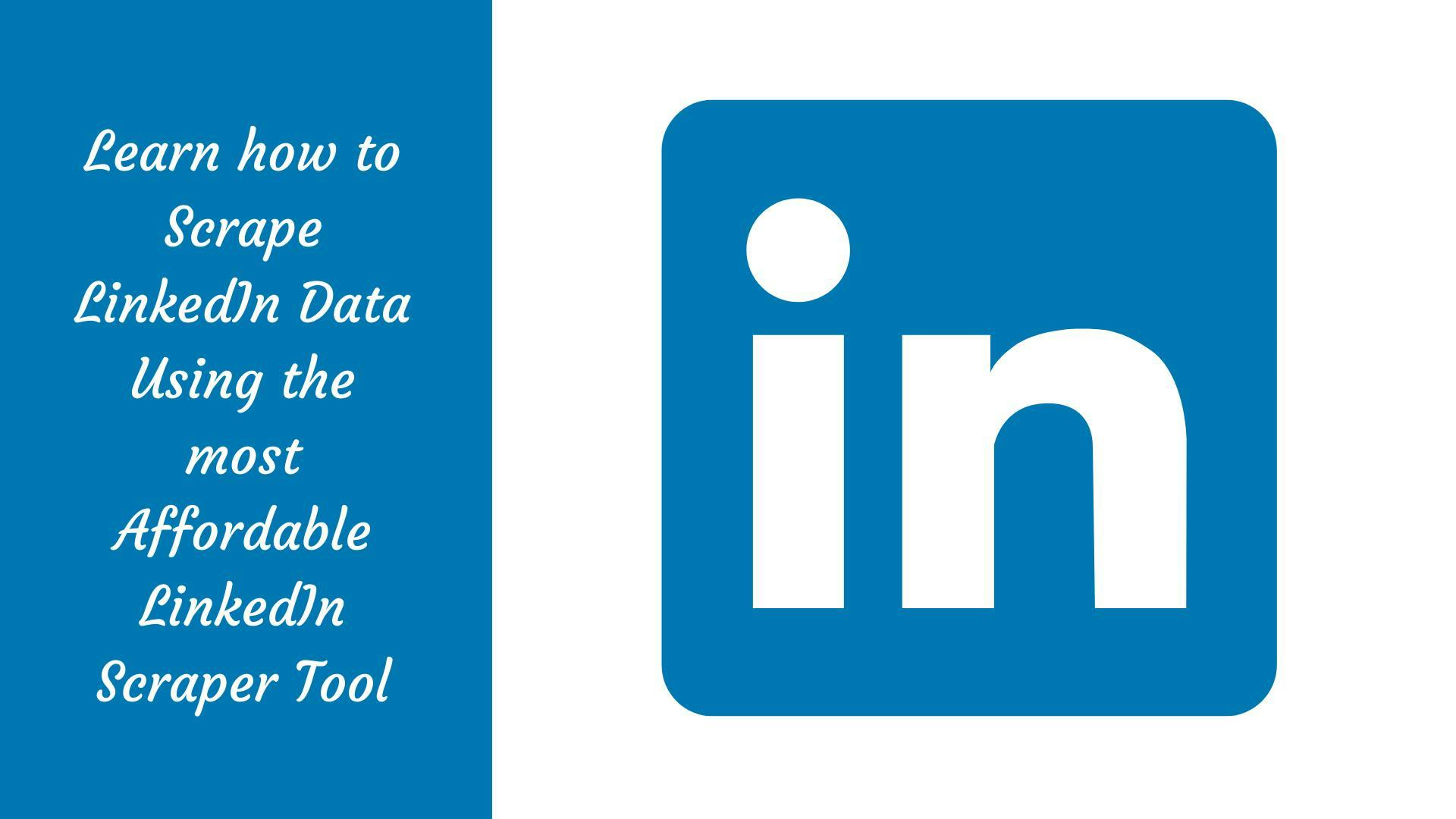Web Scraping Without Getting Blocked: Most Common Causes
Sergiu Inizian on May 17 2021
Web scraping is a valuable tool for any business that requires large amounts of data to succeed. But, with the growing popularity of data extraction, websites are trying to keep up by implementing countermeasures to make web scraping harder.
However, these measures are not the only factors you should take into consideration when collecting information. There are many challenges you’ll face when trying to collect quality data in no time.
This is what we’ll explore with this article. From geo-restricted content to IP rate limiting, we’ll take a look at the many roadblocks you meet when web scraping and how to tackle them with ease.
The world of web scraping is an exciting one. But you should always have the right companion when trying to extract large amounts of data simultaneously. This article will help in your journey!
Why use a web scraper
Using a web scraper is helpful when you want large quantities of data to optimize your business or project. If you’re not 100 percent sure of what it actually does, here’s a great article that explains it in less than 5 minutes.
There are many reasons why businesses use these tools daily. They can be used for machine learning, lead generation, market research, price optimization, or many other situations.
These are just some of the use cases, you can check out more in this article. However, you can also discover as many challenges along the way of your scraping adventure. Some of the use cases are directly related to the roadblocks because you deal with somewhat sensitive information.
Let’s take a look at the main obstacles while also explaining how to tackle them.
The challenges roadmap
Most of the roadblocks you encounter when web scraping are set in places to identify and possibly ban your scraper. From tracking the browser’s activity to verifying the IP address and adding CAPTCHAs, your need to know these countermeasures well.
It may sound complicated but trust us. It really isn’t. The web scraper is doing most of the job. You just need to have the right information and know-how to bypass the numerous measures that keep you from extracting the required data.
Browser fingerprinting
Don’t worry! No one is taking fingerprints online. Browser fingerprinting is just a method used by websites to gather information about the user and connect their activity and attributes to a unique online “fingerprint.”
When accessing a website, it runs scripts to get to know you better. It usually collects information like your device specifications, your operating system, or your browser settings. It can also find out your timezone or determine if you are using an ad blocker.
These characteristics are collected and combined into the fingerprint, which follows you around the web. By looking at this, websites can detect bots, even if you change your proxy, use incognito mode or clear your cookies.
This sounds like a bummer. But we said we’re here to help. Here’s our suggestion. Use a scraper with a headless browser. It acts just like a real browser but without any user interface wrapping it. To learn more about how to activate the headless browser in WebScapingAPI, access the documentation here.
Captchas
We all encounter CAPTCHA verifications when surfing the web. Websites commonly use this type of measure to verify that an actual human is doing the browsing.
CAPTCHAs come in various shapes and sizes. It can act as a simple math problem or as a word or image identification game. For humans, it’s an easy task to complete. Well, most of the time. We all had that one CAPTCHA that drove us up the wall and quit the website. But back to the issue.
These tests are difficult for bots because they tend to be very methodical, and this verification measure requires human thinking. You know the drill by now. You get the wrong answer, and you have to solve another problem, similar to the one before.
CAPTCHAs are usually displayed to suspicious IP addresses, which you might have if you are web scraping. A quick fix would be to access a CAPTCHA solving service. Or, you could retry the request using a different proxy, which would require access to a large proxy pool. However, regardless of the method, keep in mind that CAPTCHA solving does not prevent your data extraction from detection.
IPs and proxies
This area is probably where you’ll face the most significant challenges when web scraping. But avoiding IP blacklists and compromised proxies is not that hard. You just need a great tool equipped with some neat tricks.
Getting detected and banned can be determined by several factors. If you are using a free proxy pool, chances are these addresses have been used by others and are already blacklisted. Datacenter proxies, which have no actual location, might encounter the same problem as they come from public cloud servers. But, keep in mind that All WebScrapingAPI datacenter proxies are private. This ensures little to no IP blacklisting.
Using residential IP addresses is probably the best way to avoid being detected and banned. They are entirely legitimate IP addresses coming from an Internet Service Provider, so they are less likely to be blocked.
Rate limiting is another countermeasure that can give you a headache. It’s a strategy used by websites to limit the number of requests made by the same IP address in a definite amount of time. If an IP address exceeds that number, it will be blocked from making requests for a while.
This procedure can be especially bothersome while web scraping large amounts of data on the same website. You can tackle this situation in two ways. You can add delays between each request or send them from different locations by using a proxy pool. Fortunately, WebScrapingAPI is making use of a pool of over 100 million IP addresses worldwide.
Lastly, say you require data from geographically restricted websites. A large proxy pool is the solution in this case as well. In the case of WebScrapingAPI, you have access to as many as 195 countries, making your requests nearly impossible to trace.
Proxy providers know these problems so they’re constantly working on creating better and better proxy pools. Remember:
- The more IPs, the better
- Get residential Proxies for the best chance to avoid being blocked
- Delay your requests or rotate the IP to avoid suspicion
- Get as many geographic locations as possible.
Tackle any scraping challenge
Your projects may require more data than you thought, so why limit yourself? Knowing how websites can secure themselves to prevent your data extraction process is essential to gather as much information as possible.
Bypassing each countermeasure can be tricky, but knowing how CAPTCHAs work and what a residential IP can help you use web scraping at its full potential. And if you doubt the legality of it all, here’s a substantial article that explores the questions you may have right now.
And if you are ready to start your scraping journey, we definitely suggest WebScrapingAPI. It’s a trustworthy solution that can take care of any of the measures we talked about. Creating an account is free, and you immediately get access to 1000 API calls every month to see the benefits for yourself.
News and updates
Stay up-to-date with the latest web scraping guides and news by subscribing to our newsletter.
We care about the protection of your data. Read our Privacy Policy.

Related articles

Discover how to efficiently extract and organize data for web scraping and data analysis through data parsing, HTML parsing libraries, and schema.org meta data.


Unlock the power of automation and extract valuable data from the web with ease. This article will guide you through the process of using the Parsel library in Python to scrape data from websites using CSS and XPath selectors.


How to use LinkedIn scraper in four simple steps? Here you will find a detailed description of each step, along with the importance and benefits of web scraping.
